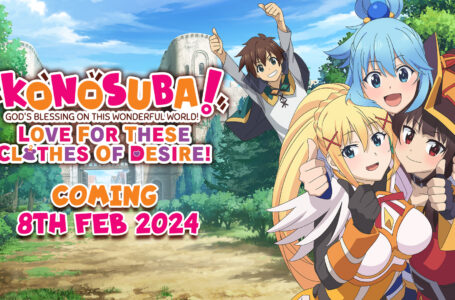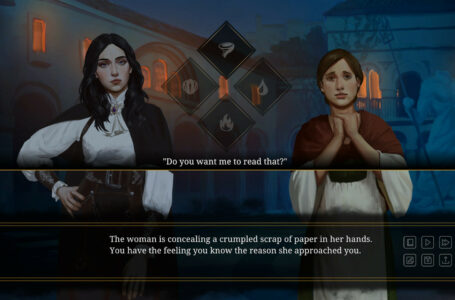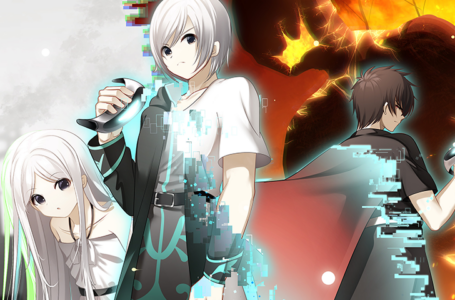The Legend of Zelda: Tears of the Kingdom’s endless possibilities
The hype around The Legend of Zelda: Tears of the Kingdom is nearly unbearable. At least, it would be if it weren’t completely deserved. After almost four years and countless speculative articles about it, Nintendo has finally delivered one of the most technically impressive games the Switch has ever seen and an early candidate for most people’s Game of the Year lists.
More than 60 hours in and I’ve finally completed the main plot of Tears of the Kingdom. I’m ready to deliver my verdict on a game that had so much to live up to yet somehow managed to exceed my expectations.
Tears of the Kingdom delivers on the series’ legacy
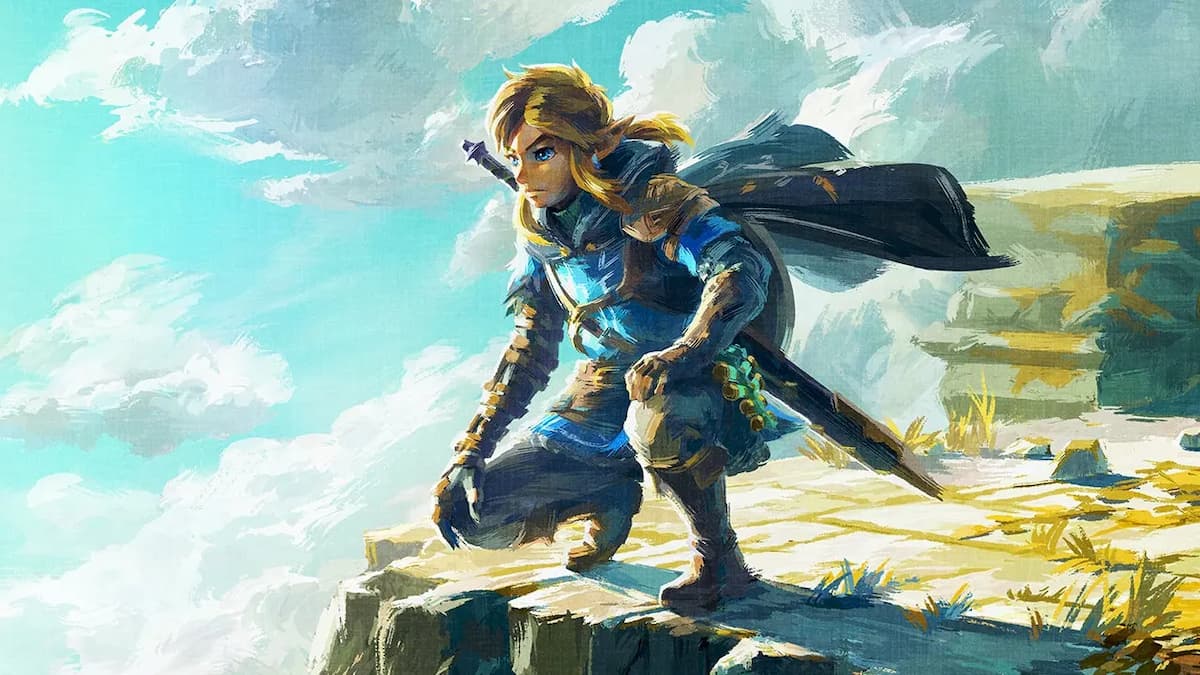
Playing the original The Legend of Zelda was an almost overwhelming experience as a kid. Finding that golden cartridge in the box of NES games that we had, being told nothing about the world except it was dangerous to go alone, and being sent on my way. There were no instructions. No signposts to follow. Just a sense of exploration that no other game to that point had captured.
Over the years, Zelda has always been about finding new areas to explore and discover, but the plot grew more rigid. More structured. Areas were closed off until you did X quest or had Y item. You couldn’t climb Death Mountain until you had rescued the Zora princess. With Breath of the Wild, Nintendo sought to return to that first moment when you stepped out of the cave and had no one telling you what to do and it was magic.
Tears of the Kingdom is, in nearly every significant way, an improvement over its predecessor. The world is bigger yet feels more populated than before, since Hyrule is slowly rebuilding itself after the events of Breath of the Wild. Purah is back and obnoxiously cute. (And the fan artists are having a field day with her – Ed.) Robbie is back and just obnoxious. Zelda goes missing and you have to find her because what is a Legend of Zelda game without a princess to save?
Weapon breaking is back but it makes a touch more sense now, at least from a narrative point of view. All weapons have begun to degrade and rust, forcing you to use the Fuse ability to upgrade what you find. You could be sensible and attach a Bokoblin horn to a spear for a nice damage boost or you could be bold and attach a bomb to the end of a stick and see how far it gets you. Mastering this ability is going to be the key to surviving the various dungeons in the game as none of the monsters drop particularly good weapons; you have to make them yourself.
The other ability you’ll use almost constantly is the Ultrahand, which allows you to move most objects in the world and attach them, building everything from motorcycles to cars to functional aircraft. The feats of engineering on display from some of the fans are astounding and, frankly, intimidating, but you don’t have to create anything too elaborate to make it through the plot. You can get by perfectly well just by building a few basic designs, but most of the fun of the game comes from experimenting and just seeing what you can cobble together.
Other than these abilities, which replace your Sheikah Slate powers from the first game, Tears of the Kingdom is mechanically very similar to Breath of the Wild. Combat uses the same exact controls, though the ability to attach almost anything to your arrows means you can do some very silly things to enemies. Nintendo clearly spent most of their development time polishing and perfecting their physics engine, a decision that I hope more developers will pay attention to going forward.
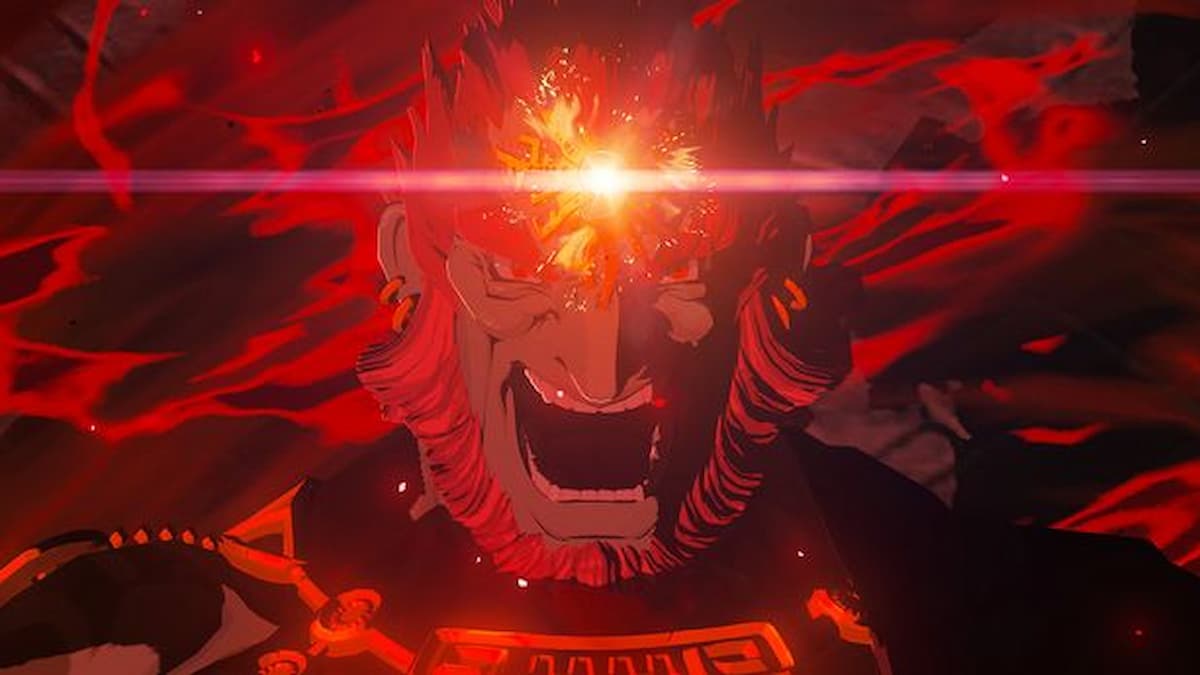
The plot in Tears of the Kingdom is both stronger and weaker than Breath of the Wild. It is stronger because there is more sentience from its antagonist. Ganondorf, as opposed to Calamity Ganon, has more purpose and drive. You fight him, or fragments of his power, periodically throughout the game and he always feels more in control of the situation than you. While most of what happens feels contradictory to the official Zelda timeline, there is a sense of greater danger that comes from fighting a foe who is both mentally and physically your equal.
Where the plot falls down slightly is its repetitive nature. There are four “anomalies” happening across the kingdom, each one tied to one of the four races from the first game. Link can visit the Rito, Gerudo, Goron, and Zora people in any order and help them sort their lives out. This means travelling with them to a temple and completing a dungeon, complete with some really fun and challenging boss fights, while accompanied by a key NPC from the area. Good news, Sidon fans. Your fishy boyfriend is back and still hot.
After you beat the boss, you get to chat with one of the Sages who fought in the Imprisoning War that put Ganondorf in the husklike state you find him in at the start of the game. Because it is a nonlinear game, they tell you the same basic story, with some small changes based on what area you’ve done. It gets very repetitive, especially by the fourth time you do it. It is a necessary evil, of course, because Nintendo can’t know what order you’d complete the dungeons in, but it feels like it could have been handled better.
What is handled better than in the previous game is the way the game gently nudges you toward your next objective. NPCs talk about the happenings of the world in a very organic way, discussing the giant blizzard that has shown up in the Hebra Mountains or the sludge that is filling Zora’s Domain. They stop talking about them when you sort them out, making it feel like they’re reacting to your actions in a way that no one did in Breath of the Wild.
Despite the plot’s repetitive nature and similarity to its predecessor, it remains more engaging than most Zelda titles. Tears of the Kingdom, like Breath of the Wild, is as much Zelda’s story as it is Link’s. Her journey to the past and how she lays the foundation for Ganondorf’s eventual destruction is well handled and the hints of a romantic relationship between Link and Zelda feel just right without trying to become the focus of the game.
It says a lot about Tears of the Kingdom that I’ve completed the main plot and still feel compelled to keep exploring. To find hidden pieces of equipment or uncover the secrets of different parts of the game. Floating islands in the sky hold mysteries that I feel compelled to uncover. 60 hours into the game and I feel like I’ve only just scratched the surface of what it has to offer. Tears of the Kingdom delivers on the promise made in that opening screen in 1985, giving you a huge world of almost endless possibilities to explore.
Join The Discussion
Rice Digital Discord
Rice Digital Twitter
Rice Digital Facebook
Or write us a letter for the Rice Digital Friday Letters Page by clicking here!
Disclosure: Some links in this article may be affiliate links, which means we may earn a small commission if you make a purchase after clicking on them. This is at no additional cost to you and helps support Rice Digital!
- Six of the best Stands in JoJo’s Bizarre Adventure - June 2, 2023
- 4 of the best JRock tracks from May - June 1, 2023
- Hump Day Husbandos: Guts (Berserk) - May 31, 2023




